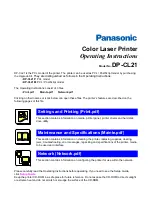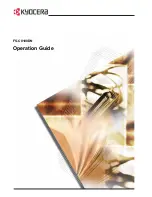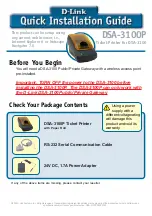
1-39
BEFORE USING THE MACHINE
Paper that cannot be used
• Special media for inkjet printers
(fine paper, glossy paper, glossy film, etc.)
• Carbon paper or thermal paper
• Pasted paper
• Paper with clips
• Paper with fold marks
• Torn paper
• Oil-feed transparency film
• Thin paper less than 55
g
/m
2
(15 lbs.)
• Paper that is 210
g
/m
2
(110 lbs. index) or heavier
• Irregularly shaped paper
• Stapled paper
• Damp paper
• Curled paper
• Paper on which either the print side or the reverse side
has been printed on by another printer or multifunction
device.
• Paper with a wave-like pattern due to moisture
absorption
Non-recommended paper
• Iron-on transfer paper
• Japanese paper
• Perforated paper
When removing printed output...
When removing printed output, remove slowly so as not to fold the paper.
• Various types of plain paper and special media are sold. Some types cannot be used with the machine. Contact your
dealer or nearest SHARP Service Department for advice on using these types of paper.
• The image quality and toner fusibility of paper may change due to ambient conditions, operating conditions, and paper
characteristics, resulting in image quality inferior to that of SHARP standard paper. Contact your dealer or nearest
authorised service representative for advice on using these types of paper.
• The use of non-recommended or prohibited paper may result in skewed feeding, misfeeds, poor toner fusing (the toner
does not adhere to the paper well and can be rubbed off), or machine failure.
• The use of non-recommended paper may result in misfeeds or poor image quality. Before using non-recommended paper,
check if printing can be performed properly.
When removing output, do not fold the paper or forcefully lift it up.
In particular, applying too much force horizontally may cause the actuator to come off. Take care that the paper does not
catch the actuator when removing output.
When a finisher is not installed, the actuator for output tray full detection may come off.
If the actuator is not reattached, output tray full detection will not take place and output may protrude from the machine.
If the actuator comes off, see "
The actuator came off (when a finisher is not installed)
" (page 4-22) in "4.
TROUBLESHOOTING".
















































